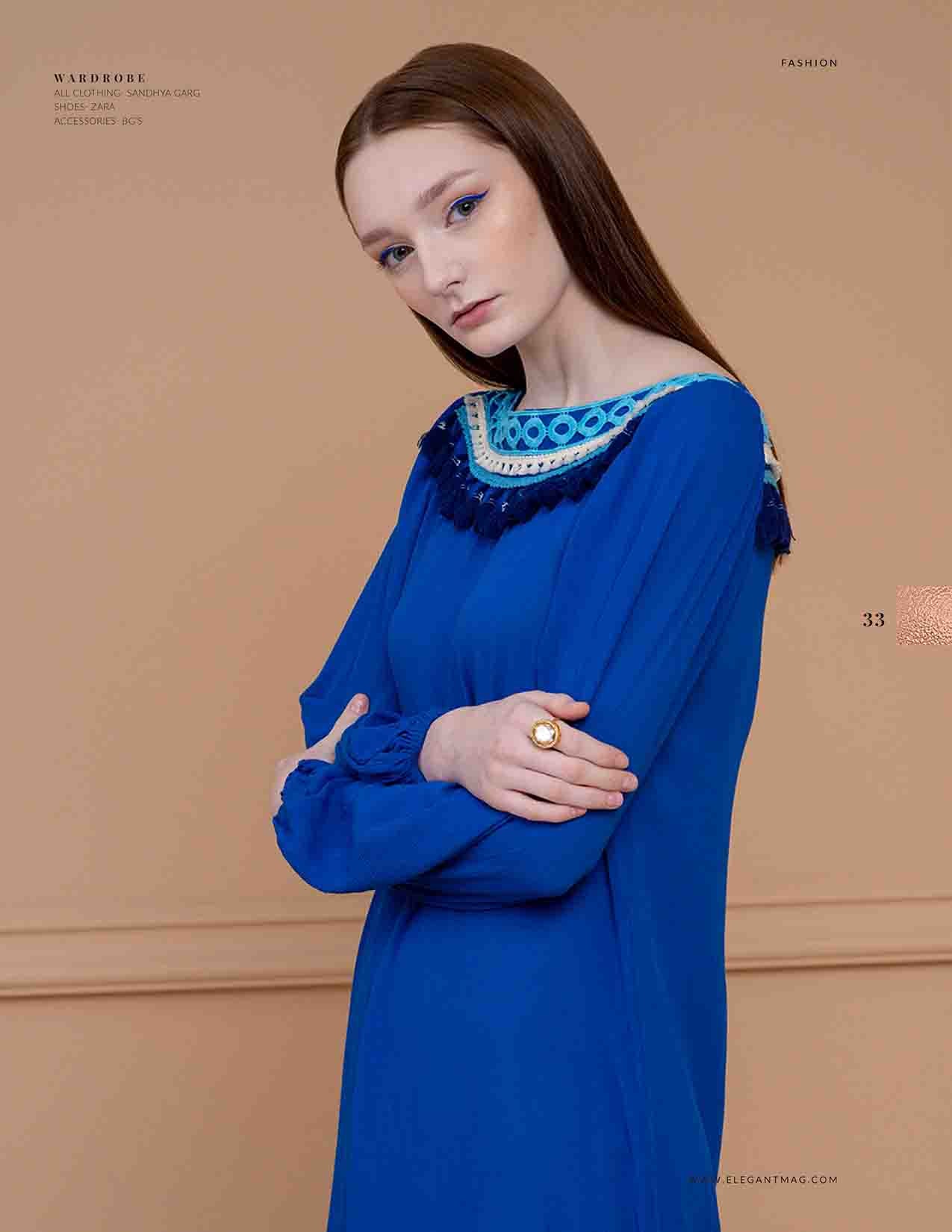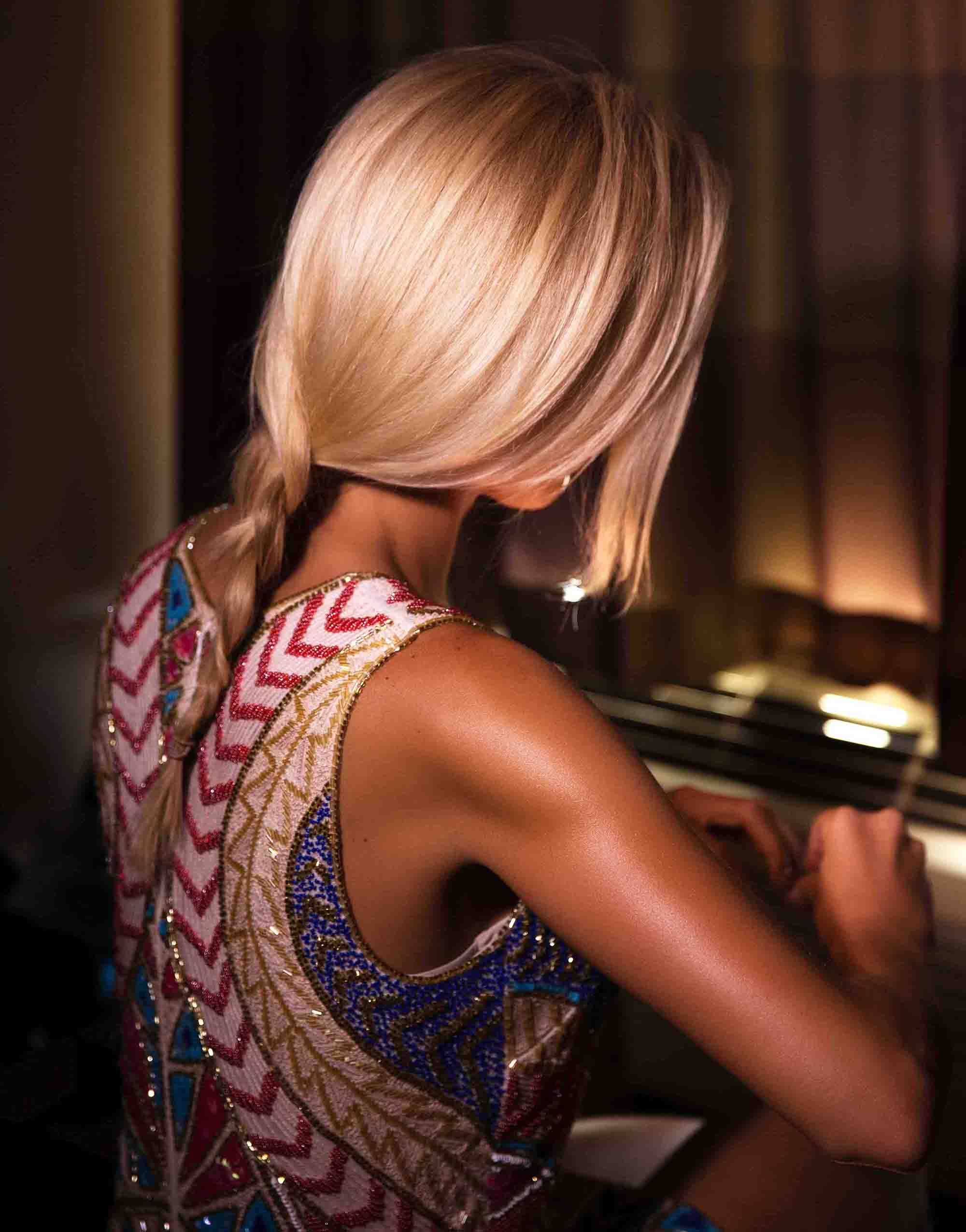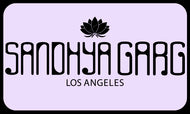Art Deco

ART DECO STYLE
Art Deco, sometimes referred to as Deco, is a style of visual arts, architecture and design that first appeared in France just before World War I. Art Deco influenced the design of famous buildings, furniture, jewelry, fashion, cars, movie theaters, trains, ocean liners, and everyday objects such as radios and vacuum cleaners. It took its name, short for Arts Décoratifs, from the Exposition internationale des arts décoratifs et industriels modernes (International Exhibition of Modern Decorative and Industrial Arts) held in Paris in 1925.
It combined modern styles with fine craftsmanship and rich materials. Art Deco Fashion is a celebration of the most glamorous era of the last century - the roaring twenties. The emancipated climate of the post-war years signaled a huge increase in sport and leisure activities, greater opportunities to travel, and a general indulgence in a more opulent lifestyle - all reflected in the stunning fashion of the era.
From beaded evening dresses for dancing the Charleston, to sporty outfits for golf, tennis and swimming, or garments designed for wearing whilst traveling in luxury liners, trains or streamlined cars, clothes in the 1920 became a symbol of a more liberated lifestyle.
This stunning compendium of deco fashion conjures the world of Hollywood and F. Scott Fitzgerald through a wealth of evocative images from fashion magazines, posters and photographs, as well as sumptuous pictures of stylish outfits for all occasions from the V&A's world-famous dress collection.


ART DECO INFLUENCES AND INSPIRATIONS
From its outset, Art Deco was influenced by the bold geometric forms of Cubism and the Vienna Secession; the bright colors of Fauvism and of the Ballets Russes; the updated craftsmanship of the furniture of the eras of Louis Philippe I and Louis XVI; and the exotic styles of China and Japan, India, Persia, ancient Egypt and Maya art. It featured rare and expensive materials, such as ebony and ivory, and exquisite craftsmanship. The Chrysler Building, Guardian Building, Fisher building in Detroit and and other skyscrapers of New York built during the 1920s and 1930s are monuments of the Art Deco style.
In the 1930s, during the Great Depression, Art Deco became more subdued. New materials arrived, including chrome plating, stainless steel, and plastic. A sleeker form of the style, called Streamline Moderne, appeared in the 1930s; it featured curving forms and smooth, polished surfaces. Art Deco engagement rings and art deco furniture are still extremely popular. Art Deco is one of the first truly international styles, but its dominance ended with the beginning of World War II and the rise of the strictly functional and unadorned styles of modern architecture and the International Style of architecture that followed.
, art deco font, art deco rings, art deco miami, art deco architecture, art deco detroit, art deco wallpaper, art deco architects, art deco designs, posters, jewellry, patterns, dress, paintings, art, buildings, artists, style, wedding dress, art deco 1920s, decor
What are Art Deco colors?
Colors in Art Deco are striking and bold with a lot of contrasts. Bright and deep yellows, reds, greens, blues, and pinks mix well with metallic gold, silver, black, and chrome. If you want something softer try creams and beiges which were also often used in living rooms, dining rooms, and bedrooms.
Is Great Gatsby Art Deco?
The Great Gatsby Style: Art Deco, A celebration of the jazz-era style of the 20s and 30s, The Great Gatsby promises to be filled with beautiful Art Deco style. From the fashions to the architecture and interiors, at every turn we can expect to see the geometric forms and bold outlines that Art Deco is known for.
Who created Art Deco?
Characteristics of the Art Deco style originated in France in the mid-to-late 1910s, came to maturation during the Exposition Internationale des Arts Décoratifs et Industriels Modernes held in Paris in 1925, and developed into a major style in western Europe and the United States during the 1930s.

ART DECO FASHION
Art Deco Dresses | Art Deco Fashion and Deco Clothing
The Art Deco Era was a glamorous time for evening gowns that were elegantly designed in the latest style of the 20’s, 30’s and 40’s.
Art Deco fashion introduced geometric shapes and long lines, bias cut dresses, and exaggerated accessories. Black, gold, and silver with pops of blue, orange, and yellow made up the Art Deco fashion color palette. Due to their decadence and glamor, Art Deco dresses are back in style today. Usually worn as evening gowns, Art Deco dresses are long and embellished with beads or sequins. Some have fringe and others are more inspired by flappers and classic Old Hollywood glamour. Backless dresses and cape gowns fit the mood and are perfect for Art Deco themed events, weddings, bridesmaid dresses and fancy cocktail parties.
We searched online and found many elegant Art Deco dress styles inspired by the Roaring 20’s, elegant 30’s, and refined 40’s. Click the listing to see more colors as well as regular, petite and plus size Art Deco dress options on the merchant’s website.ART DECO FASHION CHARACTERISTICS
Art Deco Fashion Designers: Jeanne Lanvin, Goncharova, Sonia Delaunay, Coco Chanel
Art Deco Fashion Colors: Black, gold, silver, white
Art Deco Textures: Shiny silk and satin. Embellishments of diamond, crystal, rhinestone, pearl
Art Deco Motifs and Inspiration: Geometry, Cubism, automobiles, architecture. Russian, African, and Eastern Asian prints
The Art Deco era is associated with the advancements of modern times and the Machine Age. The new industrial and urban landscape introduced metallic colors and the simple ergonomic lines of machinery made into automobiles, trains, planes and cruise ships. Cityscapes, Art Deco architecture, and the New York skyline were popular textile prints.
These translated into new fashions that began with the early flapper look. Long and short dresses were styled to add length like a tall building. Dress colors were long, neckties draped to the waist, narrow pleats shaped skirts, and belts were thin. Dresses were embellished with embroidery, beading, and appliques in new geometric inspired designs. Circles, rectangles, triangles, and vertical lines created refreshing decorations compared to the romantic, ruffled, and lacey, floral design of the previous movement.







ABOUT THE WRITER
Sandhya Garg is a Project Runway fashion designer, expert in womenswear clothing and latest fashion trends. She studied and specialized in women's fashion at London College of Fashion, UK and has worked at Alexander McQueen, Gucci, Liberty London,
Alice Temperley to name a few.
She has her own successful resort dresses, special occasion dresses, wedding guest looks, swim coverups label. While on Project Runway Season 13, she won 2 challenges and was fortunate to show her collection at Mercedes-Benz New York Fashion Week. The brand has been featured in Marie Claire US, Ftv.com, Elle Magazine, Cosmopolitan Magazine, Vogue online to name a few.
She designs limited edition high end printed spring dresses and swim coverups. Beautiful prints are inspired from around the world to be worn during travel, resort stay or cruise holidays.

